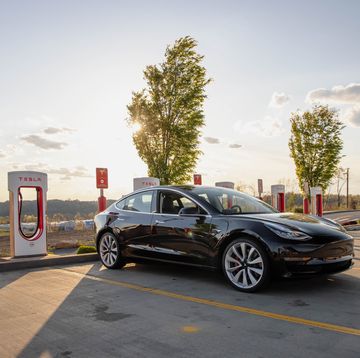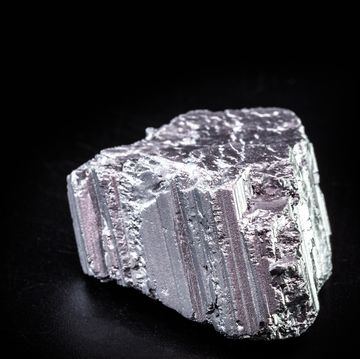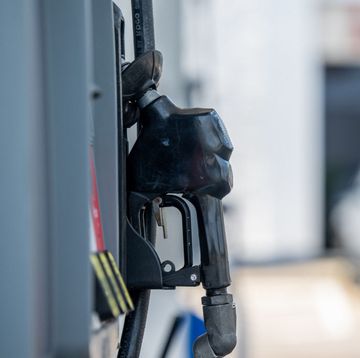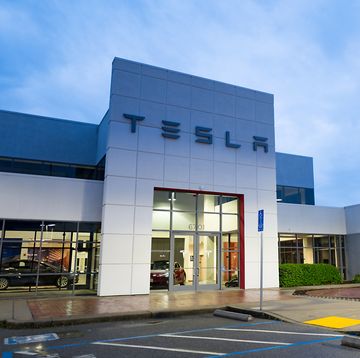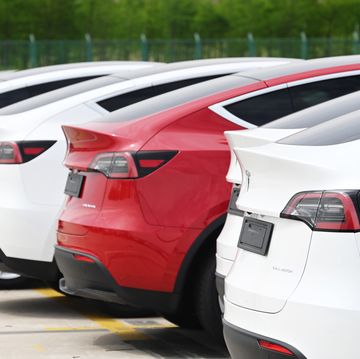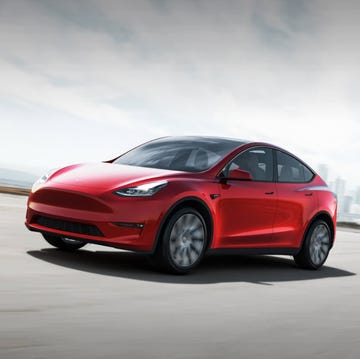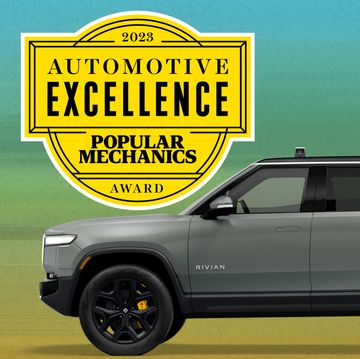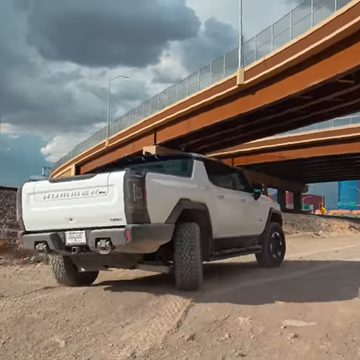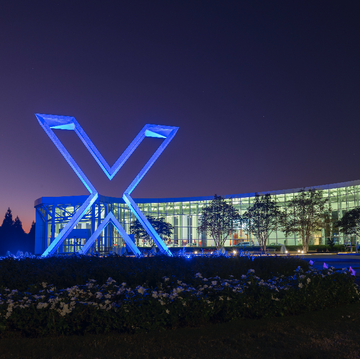It takes more than just a vehicle to convince consumers to adopt electric cars. Recharging their batteries has to be as easy as filling up a tank of gas. Israel-born entrepreneur Shai Agassi, the founder of the startup company Better Place, is relying on robotic quick-change stations to swap out depleted batteries for fresh ones in the electric cars he is servicing. Drivers will enter a station when their battery pack gets low and have the battery replaced faster than it would take to refill a gasoline tank. "When electric cars are more affordable and convenient than gas cars, consumer adoption will tip the market," Agassi says.
Better Place proposes building a network of curbside charging stations where owners can top off their vehicle batteries. Agassi's idea generated $300 million in venture capital and sparked international interest: Cities in Israel and Denmark hope to have the first robotic change stations running in 2011, and the company aspires to expand operations to Australia, Canada, Hawaii and California in 2012. In late September, Better Place signed a deal with Renault-Nissan to put 100,000 electric vehicles on the road in Israel and Denmark by 2016.
• Battery: The several-hundred-pound pack, powered by lithium-ion cells like those in laptop computers, mounts flush with the bottom of the car. Better Place will own the batteries along with the infrastructure for servicing them.
• Plug: Like electric cars currently on the market, the Better Place model has an electric plug so that drivers can top off at curbside charging stations.
• Software: GPS-enabled software in the car alerts drivers when they're running low on battery power and directs them to the nearest quick-change station along their route. The software could also interface with future power-monitoring technology to feed power from parked cars .
Quick-Change Station
An automated system accesses the battery beneath the car.
1. The driver swipes a card to activate the system, then drives into the change station.
2. A robot quickly releases the battery pack from the undercarriage and exchanges it for a new one.
3. Time from drive-in to drive-out: 1 minute 30 seconds.




